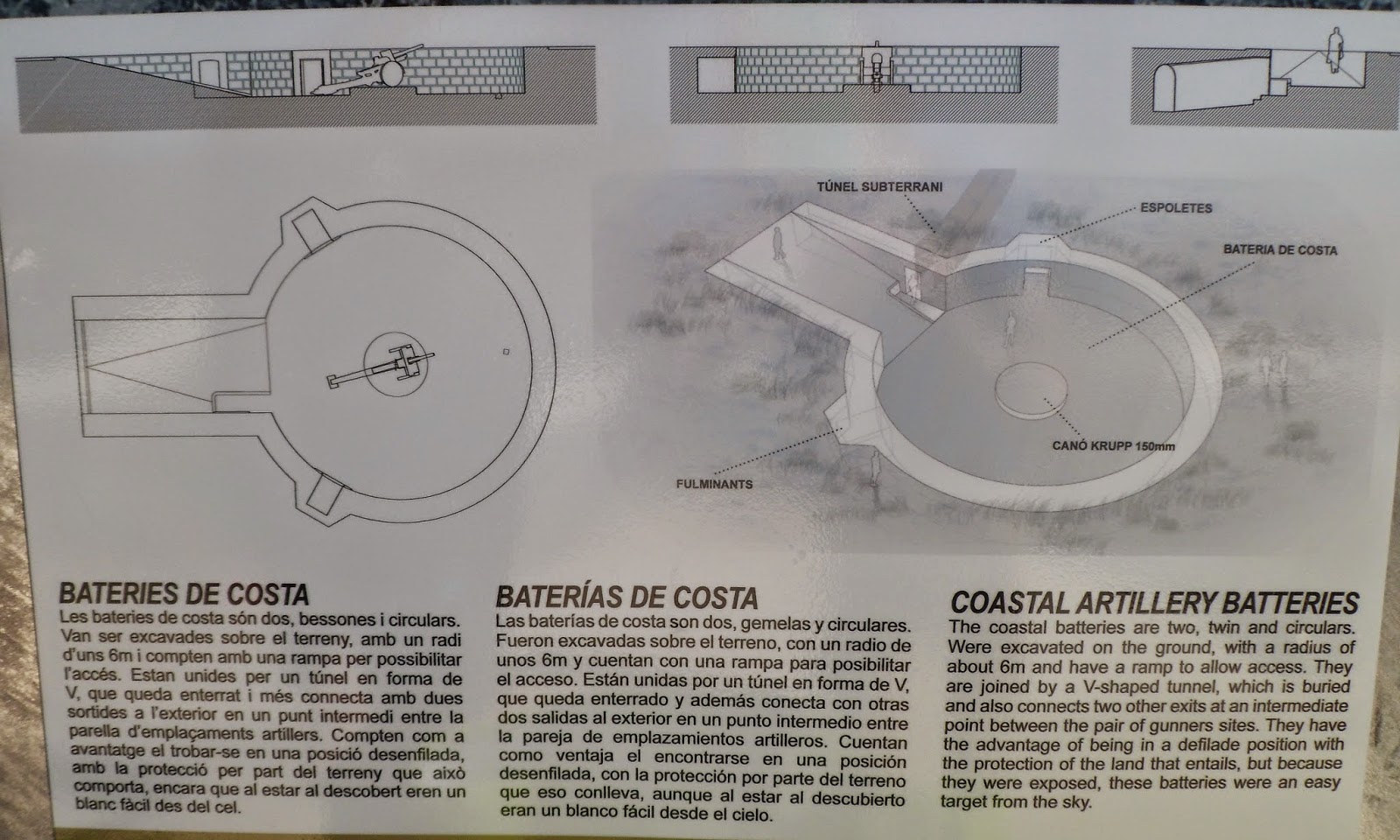Whilst in Spain as always i found myself browsing the book stalls and came accross
Emilio Marin Ferrer's - Guerras de Marruecos 1859-1926, couldn`t resist so bought it :-)
Now i know a fair bit about the various conflicts, sometimes buying these books is more a case of looking for something new or "patting" myself on the back for knowing stuff or even more smugly looking for errors - sorry :-(
This large 250 page tome appears to be a good general history of Spain's various attempts to pacify the Berbers, well illustrated and decent text (in Spanish of course).
In the section about armoured vehicles, I suddenly came across a surprise -
St. Chamond Chenillete M-21
France
designed in 1921 a mechanical device that attempted to use two sets of
interchangeable traction: wheeled and tracked. Such exchange theoretically
could be performed in 10 minutes, but always from the outside of the carriage.They
were built between 9 and 10 units in 1922. As the French Government was not
interested at all for these cars, sold all foreign governments in 1923: 3 to 7
to Finland and Spain. The
rudimentary car was unsuccessful in any event, and soon were scrapped in their
countries of arrival and / or returned to France.
In Spain
...
On August 5, 1923, reached 7 units of Chenillette to Melilla. The first task was to move them to Dar Drius. In the course of 75 Km, one of them broke
down and was towed back to Melilla.
The other 6 reached their destination, but all suffered mechanical damage. In Dar Drius, Captain José
Alfaro checked over the machines and made his report. The results were painful: first, only two were
found to be operational units. The engine did not have an access door, so we had to remove
the entire car to access it. No frontal or side peepholes, only for the
driver. Although undoubtedly the most surreal failure was the fact that, since
the driver sat at the front with his open vision port, any bullets fired could get directly into the
tank, and in most cases reached and inflicted injury to the crew member .
His subsequent fate is unclear, but none mentioned in the
official records of the Army since 1924, so it follows that they were
withdrawn. The most accepted theory is that two units were scrapped in Morocco,
and the rest were returned to France.
















































































